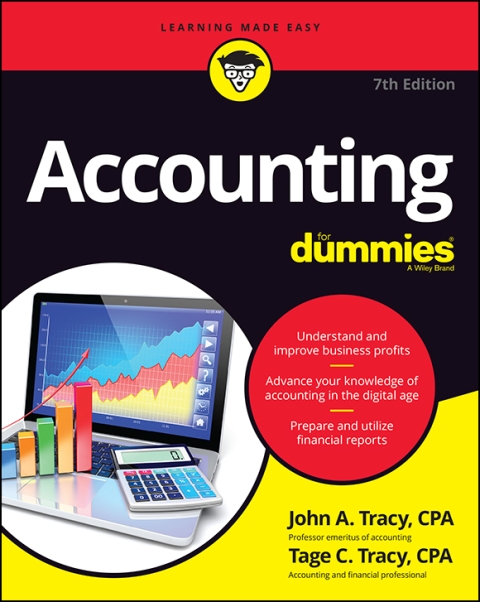Description
Efnisyfirlit
- Acknowledgments
- About the Author
- Part I: Before the Dissertation
- Chapter 1: How to Begin
- What Is Phenomenological Research?
- Purpose of This Book
- Organization of This Book
- Literature Review
- Introduction
- Problem Statement
- Purpose Statement
- Theoretical Framework
- Validity and Reliability
- Data Analysis
- Using Software
- Journaling
- Interviewing
- Abstract
- Presenting Findings
- Connecting to the Theoretical Framework
- Going Back to Chapter 3
- Dialogue With Literature
- Implications for the Field
- Limitations
- Recommendations for Future Research
- References
- Part II: Writing the Dissertation
- Chapter 2: Introduction and Literature Review
- Beginning the Literature Review: What’s Your Topic?
- Literature Search Strategy
- Create an Outline
- Writing the First Dissertation Chapter: The Introduction
- Example of an Opening to Chapter 1
- Problem Statement
- Purpose Statement
- Research Questions
- Theoretical Framework
- Edmund Husserl
- Husserl applied to research
- Key terms to include in the framework
- Martin Heidegger
- Heidegger applied to research
- Key terms to include in the framework
- Definitions
- Assumptions
- Delimitations and Limitations
- Significance
- Summary Sections
- Completing the Literature Review
- Literature review exercise
- Literature Review
- Chronic Physical Illness
- Chronic Mental Illness
- References and Suggested Reading
- References in Examples
- Literature Review Example
- Chapter 3: Methodology
- Introduction
- Design and Rationale
- Researcher Role
- Participants
- Instrumentation
- Follow-Up Interviews
- Procedures
- Data Collection
- Interview Questions
- Interview guide
- Follow-Up Questions
- Focus Groups
- Journaling
- Data Analysis
- General Data Analysis Steps
- Step 1: Reading and deleting irrelevant information
- Step 2: Preliminary meaning units
- Step 3: Final meaning units
- Step 4: Situated narratives
- Step 5: General narratives
- Step 6: General description
- Delineating Transcendental Phenomenology in Data Analysis Steps
- Journaling
- Follow-up interviews
- Delineating Hermeneutic Phenomenology in Data Analysis Steps
- Journaling
- Follow-up interviews
- Using Software
- Validity and Reliability
- Ethics
- Summary
- Write the Abstract
- Abstract
- References and Resources
- Chapter 4: Results
- Introduction
- Setting
- Participant Demographics
- Data Collection
- Findings
- Situated Narratives (Themes)
- Childhood conflict
- Feeling disconnected from a parent
- Problems in marriage
- Childhood conflict
- Feeling disconnected from a parent
- Early sexual exploration
- General Narrative
- General Description
- Connecting to the Theoretical Framework
- How to Discuss the Researcher’s Process When Using a Transcendental Theoretical Framework
- How to Analyze Participants’ Experiences When Using a Transcendental Theoretical Framework
- How to Discuss the Researcher’s Process When Using a Hermeneutic Theoretical Framework
- How to Analyze Participants’ Experiences When Using a Hermeneutic Theoretical Framework
- Validity and Reliability
- Credibility
- Transferability
- Dependability
- Confirmability
- Going Back to Chapter 3
- Illustrated Data Analysis Steps
- Summary
- Appendices
- References and Resources
- Chapter 5: Discussion
- Introduction
- Interpretation of Findings: A Dialogue With the Literature
- Including Theory Throughout
- Discussing the Researcher’s Process Within a Transcendental Theoretical Framework
- Discussing Participants’ Experiences Within a Transcendental Theoretical Framework
- Discussing the Researcher’s Process Within a Hermeneutic Theoretical Framework
- Discussing Participants’ Experiences Within a Hermeneutic Theoretical Framework
- Formalization of Christianity and the Loss of the God-bond
- The Shifting Evangelical Movement and the Concept of Absolute Truth
- Sexual Morality and Sexual Addiction
- Gender Roles
- The Saving Grace of Marriage
- Homosexuality and the Evangelical Sex Addict
- Reaction Formation
- Sartre and Personal Responsibility
- Becker and Three Life-Worlds
- Assumptions
- Addressing conceptual assumptions (Husserl)
- Revising Conceptual Assumptions (Heidegger)
- Limitations
- Recommendations for Future Research
- Recommendation Based on Something Learned
- Recommendation Based on Limitation of Research
- Implications
- Conclusion
- Update the Abstract
- Abstract
- Example of Abstract
- Abstract
- References and Resources
- References From Examples
- Part III: After Your Dissertation
- Chapter 6: Other Phenomenological Methods
- Existential Phenomenology
- Critical Narrative Analysis (Langdridge)
- Dialogal Approach (Halling, Leifer, & Rowe)
- Dallas Approach (Garza)
- Embodied Life-World Approach (Todres)
- Interpretive Phenomenological Analysis (Smith, Flowers, & Larkin)
- Life-World Approach (Ashworth)
- Lived Experience Human Science Inquiry (van Manen)
- Reflective Life-World Approach (Dahlberg)
- References
- Existential-Phenomenology
- Critical Narrative Analysis (Langdridge)
- Dialogal Approach (Halling, Leifer, & Rowe)
- Dallas Approach (Garza)
- Embodied Life-World Approach (Todres)
- Interpretive Phenomenological Analysis (Smith, Flowers, & Larkin)
- Life-World Approach (Ashworth)
- Lived Experience Human Science Inquiry (van Manen)
- Reflective Life-World Approach (Dahlberg)
- Chapter 7: Creating Your Own Phenomenological Method
- Giorgi’s Five Basic Steps
- van Manen’s Four Reflections
- Illustrated Steps
- Results
- Participant Demographics
- General Description
- Reflection
- Corporeal Reflection (Lived Body)
- Temporal Reflection (Lived Time)
- Spatial Reflection (Lived Space)
- Relational Reflection (Lived Human Relation)
- General Structure
- References and Resources
- Appendix A: Recruitment Flyer
- Appendix B: Screening
- Appendix C: Semi-Structured Interview Guide
- Appendix D: Consent to Participate
- Appendix E: Sample Dissertation Literature Review
- Index






Reviews
There are no reviews yet.